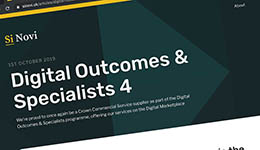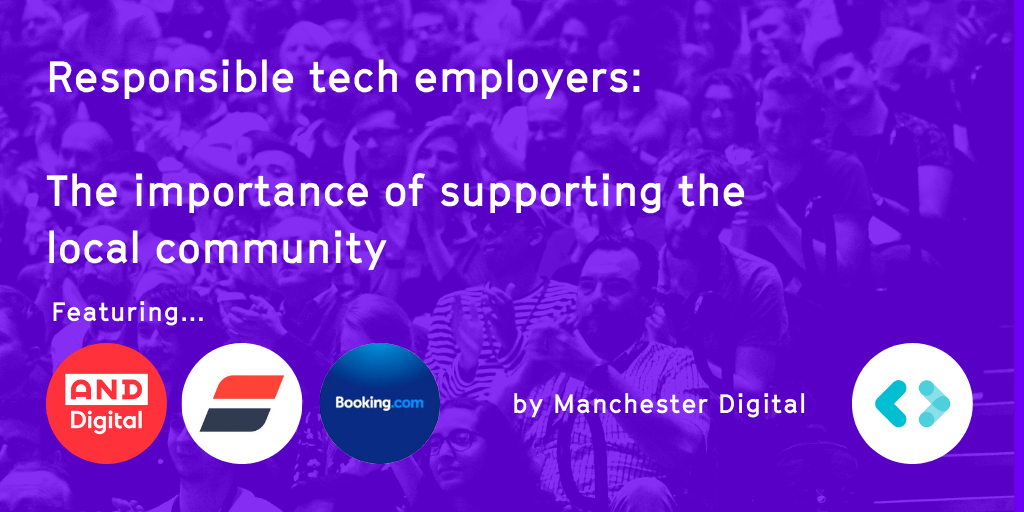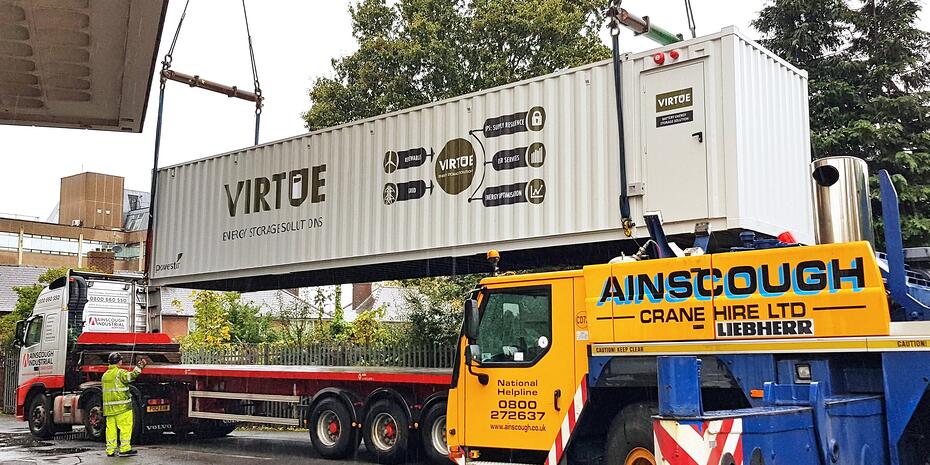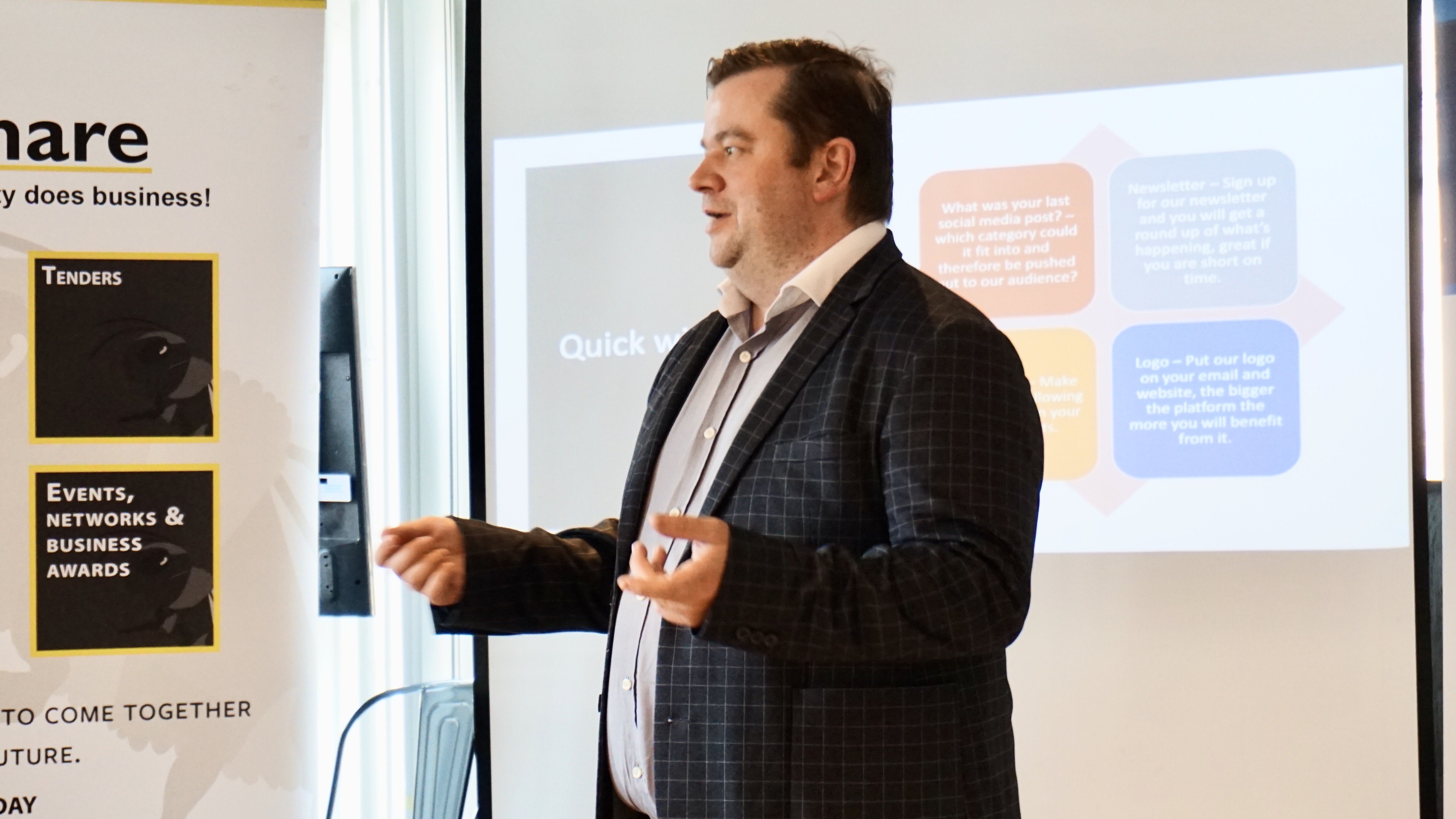In July 2023, VCG in partnership with Cisco, conducted research to study the modern-day IT infrastructure landscape, involving qualitative interviews and quantitative market analysis. This article unpacks the findings, shedding light on the challenges and trends impacting businesses in the ever-evolving industry.
- Challenges in Managing Multiple Sites
The most significant infrastructure and networking challenge cited was the difficulty in managing complex multiple sites. Addressing this issue is crucial for ensuring seamless operations and maintaining a consistent user experience across diverse environments.
- Complex Management: A Key Area for Improvement
The complexity of managing and maintaining IT infrastructure emerged as the primary area requiring improvement for 31% of respondents. This highlights the growing need for simplified processes and tools that help in the management of intricate technological ecosystems. As businesses strive for efficiency, addressing this complexity becomes paramount to enhance overall productivity and reduce operational bottlenecks.
- Technology Stack and Green Thinking: Top Selection Criteria
When choosing an IT solution, the two most critical criteria for organisations are the technology stack and services (45%) and the company's commitment to sustainability (43%). This reflects a growing awareness of the environmental impact of technology and a desire to align with eco-friendly practices. Organisations are not only focused on functionality but also on selecting solutions that contribute to a more sustainable and responsible business ecosystem.
- Holistic Approach to Technology Adoption
A paradigm shift is occurring in technology adoption strategies, with companies moving away from a focus solely on equipment acquisition. Instead, they are prioritising a lifecycle-based philosophy that ensures effective technology adoption, utilisation, and continuous value addition. This holistic approach underscores the importance of long-term planning and strategic thinking in deploying and maintaining IT infrastructure.
- Skills Gap and Automation
The digital skills gap remains a considerable hurdle for organisations seeking to leverage advanced technologies. Many are responding by prioritising automation to simplify processes and improve efficiency. By automating routine tasks, businesses aim to bridge the skills gap while enabling their workforce to focus on higher-value activities that require human expertise.
- Business Model Evolution
As customer preferences evolve, businesses are shifting away from purely capital expenditure (CapEx) towards more flexible consumption models. This change aligns with the desired business outcomes of organizations, allowing for greater adaptability and scalability in response to market dynamics. This evolution reflects a strategic shift in financial models, enabling businesses to stay agile in an ever-changing business landscape.
- Importance of Partnerships
Partnerships, particularly with managed service providers and vendors, are becoming increasingly critical in driving digital transformation discussions and co-creating solutions. Collaborative efforts with external partners empower organisations to leverage specialised expertise, stay at the forefront of technological advancements, and navigate the complexities of digital transformation more effectively.
Conclusion
By understanding and addressing these findings, businesses can position themselves for success in an era where technology plays a pivotal role in driving innovation and competitive advantage. If you’d like to speak to a digital transformation expert call us on 0161 406 1820 or email at Info@vcg.group.








